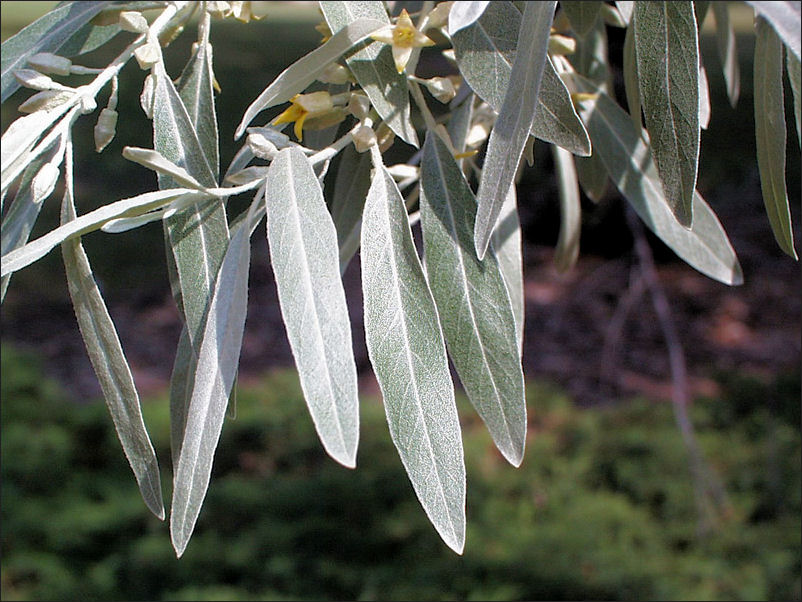autumn olive tree bark
The thorns on young branches are typically quite long so take care when youre scouting out possible foraging locations. The leaves are alternate simple.
Commonly known as olive tree borer this olive grove is produced by the borer black Hylesinus Oleiperda Fabricius 1792 and Phloeotribus Scarabaeoides Bern 1788.
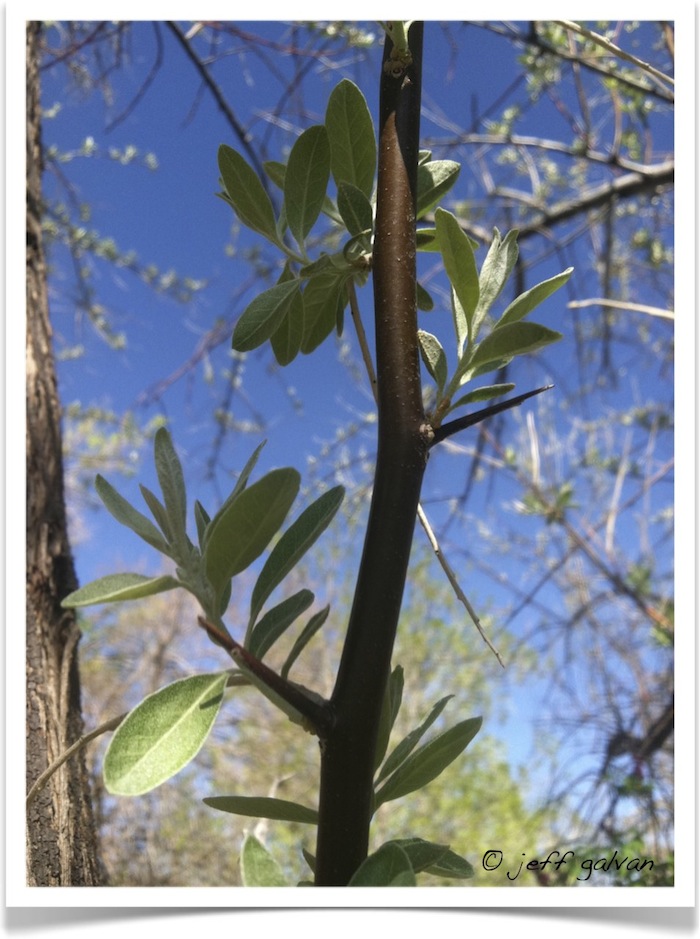
. The bark is somewhat olive drab with many white lenticels. Autumn olive Elaeagnus umbellata Thunb is a large deciduous shrub capable of forming dense thickets in West Virginia pasturesIt was introduced to North America in the 1800s and is native to eastern Asia. Introduced to the US.
These shrubs form nitrogen-fixing. Autumn Olive Cutting Wood Goumi Cutting Wood Silverberry Cutting Wood. It has simple alternate oval leaves with silvery undersides but not as silvery as Russian olive.
Their most distinctive characteristic is the silvery scales that cover the young stems leaves flowers and fruit. First off lets just say the autumn olive is not a olive at all but a fruit that looks like an olive except yellow orange and red. Fact Sheet 7 Autumn-olive and Russian-olive Elaeagnus umbellata E.
Autumn olive has fragrant cream or light yellow flowers. Thorns on young branches may be several inches long. Stems buds and leaves have a dense covering of silvery to rusty scales.
Autumn-olive leaves are small oval smooth-margined. Autumn olive invades open and forested natural areas as well as roadsides and agricultural fields. Oil basal bark oil or petroleum diesel fuel needs to be added to aid in absorption.
With age the bark becomes light gray to gray-brown. This shrub with scattered thorny branches can grow 3 to 20 feet tall. Autumn olive and Russian olive are deciduous somewhat thorny shrubs or small trees with smooth gray bark.
Autumn Olive Identification. Tubular 4-petaled flowers of autumn olive. 2 Autumn olive Elaeagnus umbellata Description Size and Shape.
Introduced in 1830 as an ornamental plant that could provide habitat and food to wildlife Autumn olive was widely planted by the Soil Conservation Service as erosion control near roads and on ridges. Cornelian Cherry Rooted Cutting Plugs Fig-Rooted Cutting Plugs Japanese Raison Tree Seedling Plug Loquat Rooted Cutting Plugs Mulberry Rooted Cutting Plugs Olive-Rooted Cutting Plugs Plum Rooted Cutting Plugs Pomegranate-Rooted Cutting Plugs. Eventually the branches and main stems fissure to expose light brown inner bark.
BranchesTwigs Autumn olives young twigs are silvery with brownish scales giving them a speckled appearance. Twigs are slender silvery and scaly with some lateral twigs pointed like thorns. It thrives in high light conditions where it can produce numerous fruits.
Autumn olive was introduced into the United States in 1830 and widely planted as an ornamental for wildlife habitat as windbreaks and to restore deforested and degraded lands. Autumn Olive Bark The twigs on a young autumn olive tree are a lighter shade of brown with a silvery patina youll also see small tawny-colored scales speckling the branches. Height This bush can reach heights up to 6 metres 18 under optimum conditions.
Up to 20 feet tall. Autumn olive is on the USDA terrestrial invasive plants list. Autumn olive elaeagnus umbellata thunb is a large deciduous shrub capable of forming dense thickets in west virginia pasturesit was introduced to north america in the 1800s and is native to eastern asia.
Height - These plants are large twiggy. Autumn-olive and Russian-olive are deciduous shrubs or small trees that grow to a height of 30 feet. Autumn olive is a nitrogen-fixing plant that changes soil chemistry and disrupts native plant communities.
Both species are widely distributed in the United States since planting began in the mid-1800s to provide food and cover for wildlife ornamental use road bank stabilization erosion control strip mine reclamation and shelterbelts. Gray fibrous bark of autumn olive. AUTUMN OLIVE Elaeagnus umbellata RUSSIAN OLIVE Elaeagnus angustifolia IN BRIEF Closely-related Autumn olive and Russian olive grow as shrubs or small trees.
It grows in a range of habitats including forest edges savannas pastures and prairies. Its crown is rounded with dense branches. As it ages the bark becomes light gray to gray-brown.
Autumn elaeagnus oleaster silverberry spreading oleaster. This plant has many uses as a food source as well as a support plant for the fruit and nut trees and ground covers which means that we include many of these small trees. Branches and main stems are glossy and olive with many whitish dots becoming light gray to gray brown with age.
The Minnesota Department of Natural Resources provides detailed recommendations for reporting invasive species. Thorns on young branches may be quite long. 12 inches above the ground.
Autumn olive is a medium to large shrub growing up to 6 m tall and 9 m wide. Autumn olives young twigs are silvery with brownish scales giving them a speckled appearance. Gray fibrous bark of autumn olive.
Once established it can eliminate most other plant species. Autumn and Russian olive are non-native upright deciduous shrubs that commonly reach heights up to 20 feet tall. From Asia autumn olive is a fast-growing woody shrub or tree that can attain 20 feet in height.
Individual plants may reach heights of 20 ft and can be easily distinguished by their leaves which have a lustrous silvery appearance. Both are invasive however autumn olive is more common in Pennsylvania. Foliar application is the least effective method of controlling autumn olive likely requiring multiple applications.
Basal bark- herbicide is applied directly to the bark at the base of the tree. Both were introduced for landscaping roadbank. When there are high populations of borer the damages can be considerable.
Autumn olive can grow up to 6 m tall and 9 m wide. Basal bark applications can be made with a hand sprayer and should be performed during the dormant season to minimize risk to nontarget species. Autumn olive should be reported.
The borer feeds by digging galleries in the olive bark this cuts the sap flow and dries the olive branches. Use a hand sprayer to apply 1 to 2 percent triclopyr or glyphosate the following spring to control resprouting. Autumn olive russian olive autumn olive branch.
The two species are very similar in appearance. They are tubular with four petals and stamens and are. Autumn olive is a shrub or small tree that has distinctively silvery leaves.
Thorns on young branches may be several inches long. The fragrant small white flowers reach. Autumn olive Elaeagnus umbellata is a deciduous shrub native to Asia that has spread as an invasive species throughout the United States.
Mature bark on autumn olive is light gray to gray-brown. This method may only be appropriate for small diameter trees. Distribution and Habitat Autumn olive is found from Maine to Virginia and west to Wisconsin in grasslands fields open woodlands and other disturbed areas.
Autumn Olive Russian Olive Autumn olive branch.

Russian Olive Woody Invasive Species Of The Great Lakes Basin
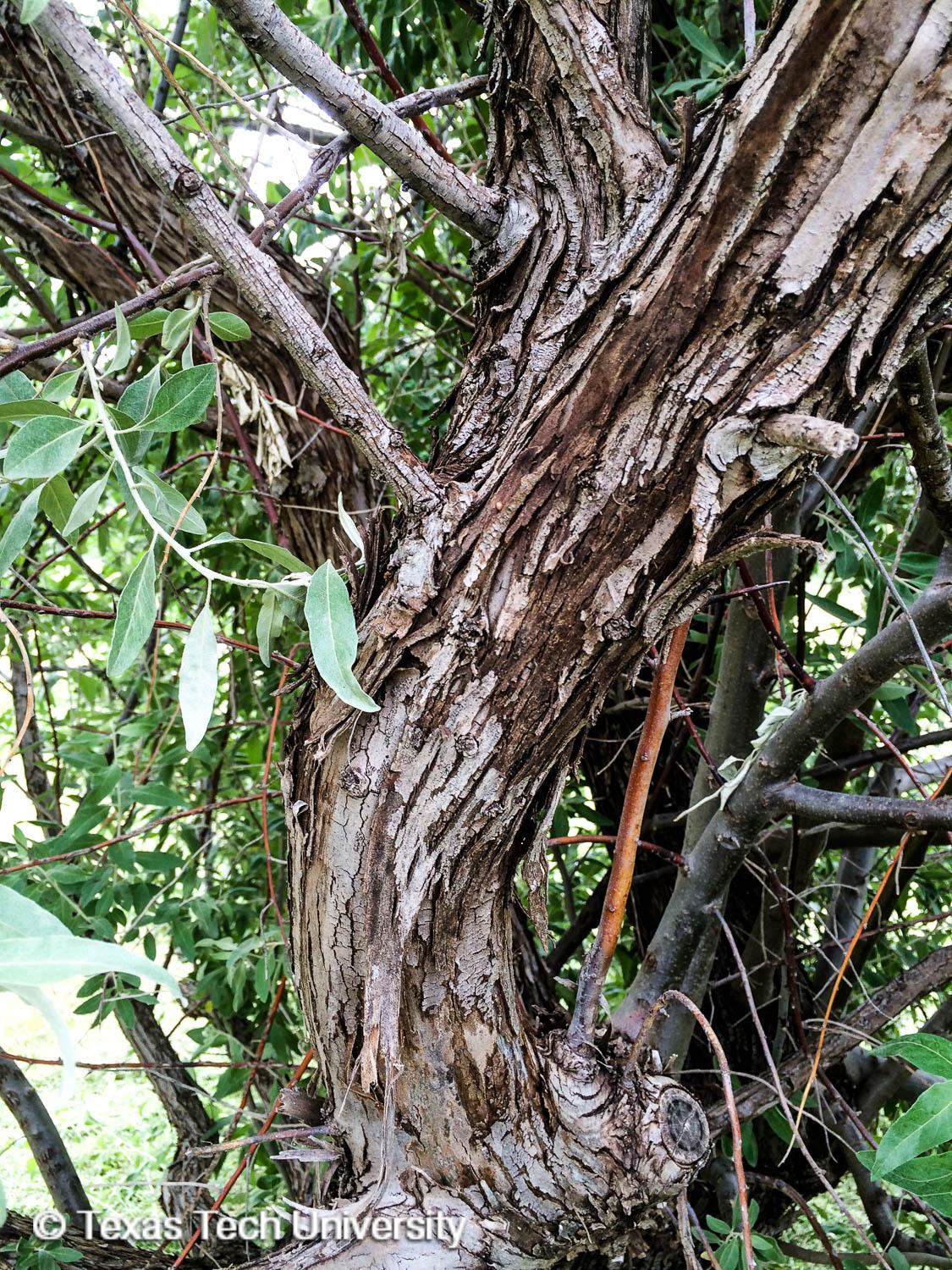
Russian Olive Plant Resources Home Ttu
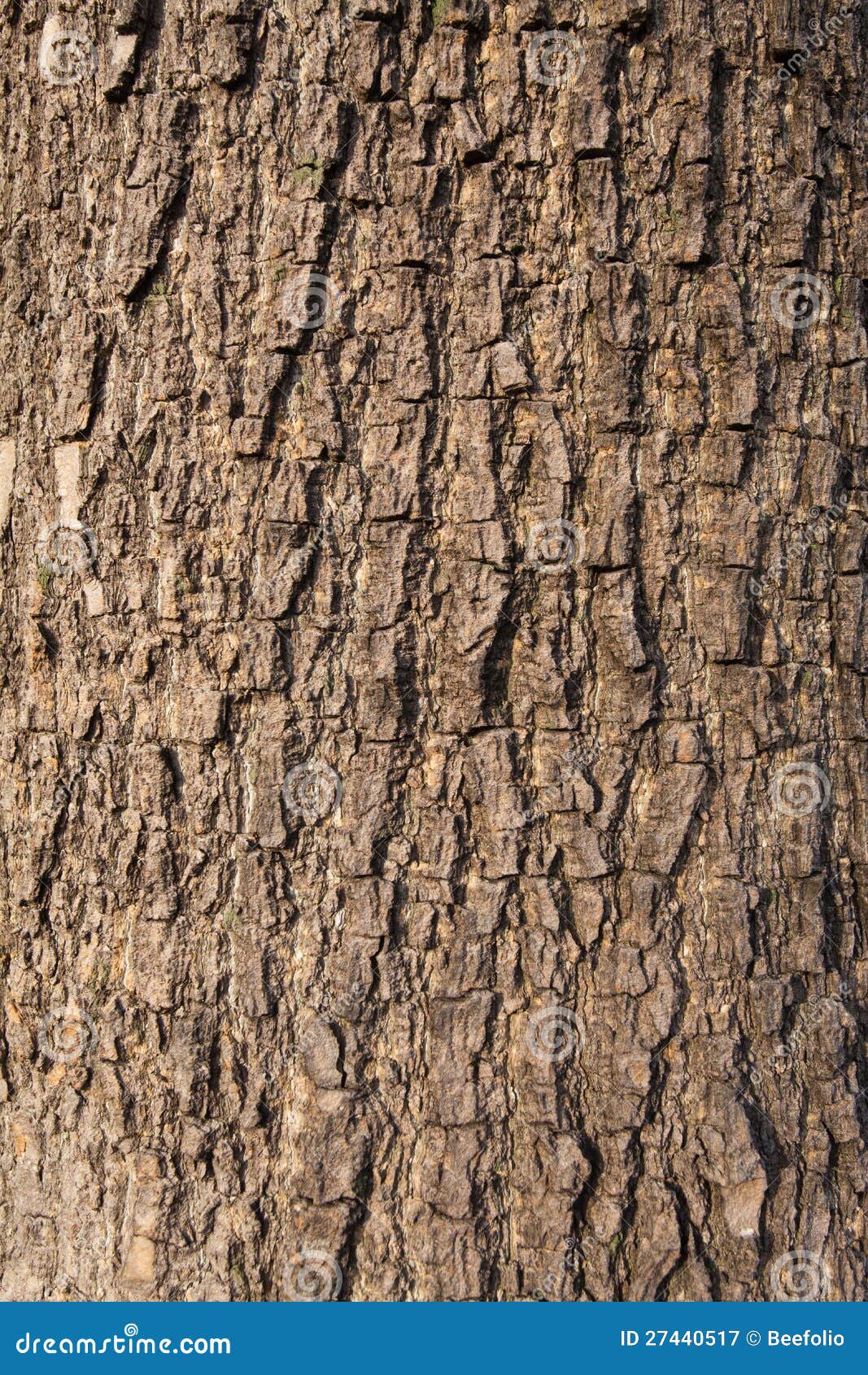
Olive Tree Bark Stock Image Image Of Timber Macro Tracery 27440517
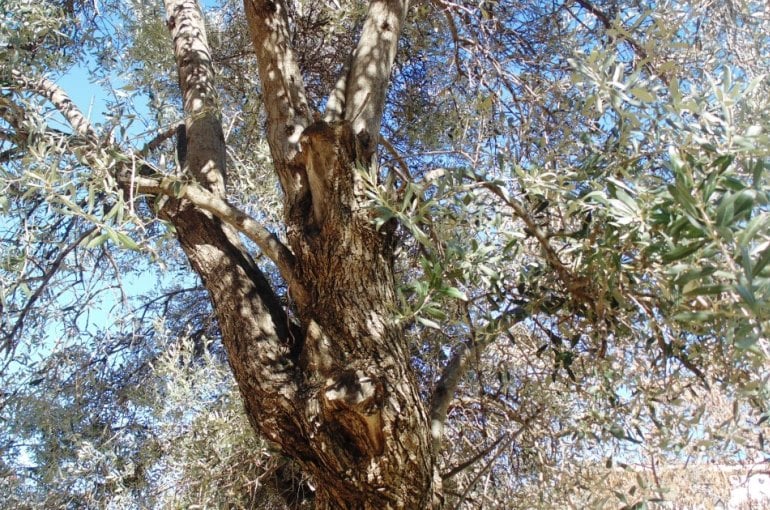
Olive Tree Diseases And Pests Wikifarmer
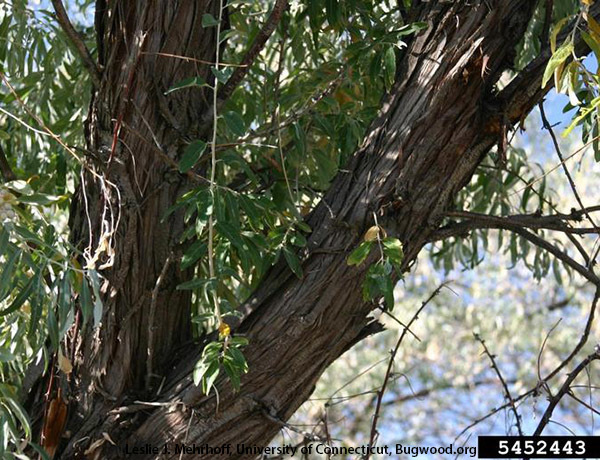
Washington State Noxious Weed Control Board
Russian Olive Jefferson County Co

Autumn Olive Invasive Species How To Control It

Photo Of The Stem Scape Stalk Or Bark Of Russian Olive Elaeagnus Angustifolia Posted By Springgreenthumb Garden Org

Elaeagnus Angustifolia Fact Sheet Unique Trees Little Garden Small Trees
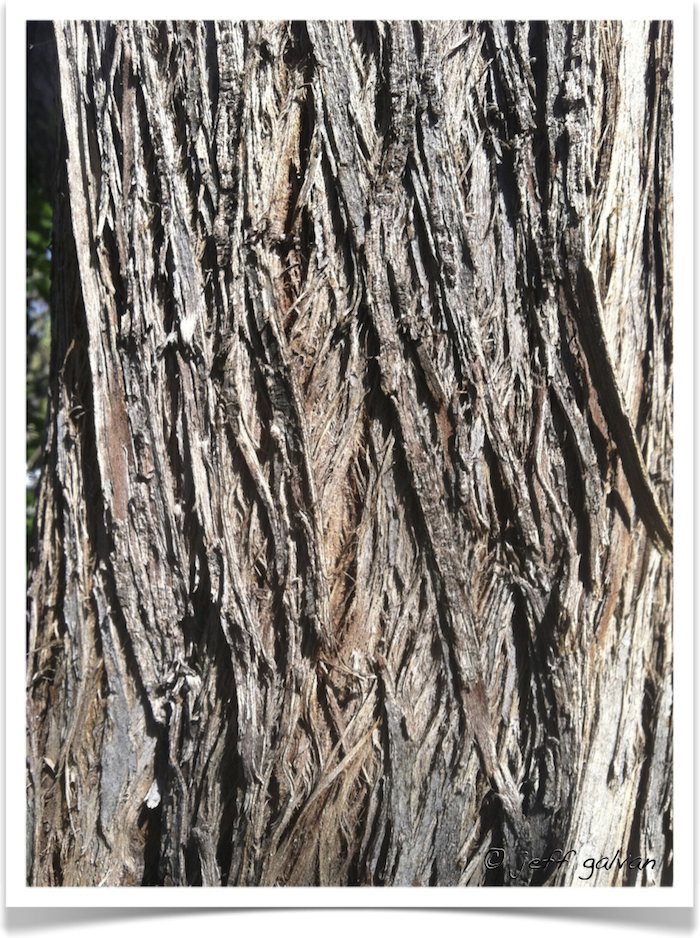
Russian Olive Identify By Bark Boulder Tree Care Pruning Tree Removal Services

Russian Olive Nonnative Invasive Plants Of Southern Forests A Field Guide For Identification And Control

Old Olive Tree Picture Taken On Pag Island Croatia Ad Picture Tree Olive Croatia Island Ad Tree Photography Unique Trees Beautiful Tree

Disease Symptoms Observed On Olive Trees A Generalised Decline And Download Scientific Diagram
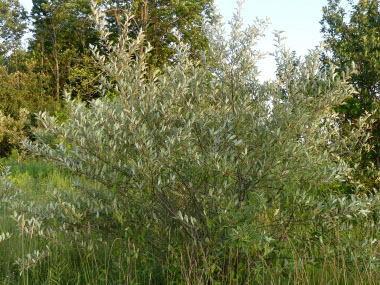
Autumn Olive Identification Leaves Bark Habitat Elaeagnus Umbellata
Minnesota Seasons Russian Olive

Autumn Olive Nonnative Invasive Plants Of Southern Forests A Field Guide For Identification And Control

Russian Olive Tree Identification Identify Elaeagnus Angustifolia
